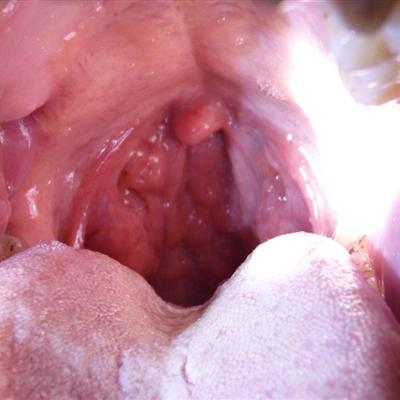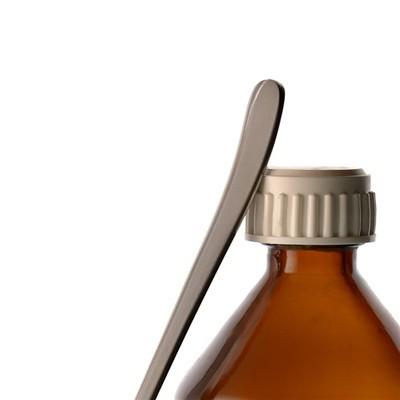How to treat transient cerebral ischemia?
summary
Transient ischemic attack (TIA) is a syndrome with multiple causes. The main causes are atherosclerosis, hypertension and hyperlipidemia; In addition, cerebral hemodynamic disorders, cervical spondylosis, blood coagulation disorders, heart disease can cause TIA. Now let's share how to treat transient cerebral ischemia?.
How to treat transient cerebral ischemia?
First, atherosclerosis accounted for 60%. Although the etiology of TIA is still unclear, most of the patients have hyperlipidemia, heart disease, hypertension and hyperviscosity before the disease, and cervical spondylosis, various arrhythmias, heart failure and other elderly patients are prone to TIA, so the primary prevention should focus on the prevention and treatment of the above diseases.
Second, regular reexamination should be carried out to prevent the occurrence of TIA early. The patients with TIA attack or tendency should be found in time, early diagnosed and treated, i.e. secondary prevention. This work is particularly important. TIA is easy to develop into various kinds of stroke. According to the investigation and research of the whole army cerebrovascular disease epidemiology cooperation group in 1987, 15854 patients with cerebrovascular disease (including TIA) were detected, Among them, 869 cases of cerebral infarction and 313 cases of cerebral hemorrhage were diagnosed by head CT. It was found that TIA was an important risk factor for cerebral infarction (or = 13), that is, patients with TIA history had 13 times more chance of cerebral infarction than those without TIA, and it was also a risk factor for cerebral hemorrhage (or = 4.6), that is, patients with TIA history had 4.6 times more chance of cerebral hemorrhage than normal elderly people.
Third, in the prevention and treatment of acute cerebrovascular disease, early diagnosis and correct treatment of TIA is a key and important link in the prevention and treatment of stroke. Patients with stroke should be treated in time. After the occurrence of mild disability or defect, it should be restricted to develop into permanent and serious disability, that is, three-level prevention, Rehabilitation treatment was used to achieve the goal of grade III Prevention.
matters needing attention
Promote the recovery of dysfunction to the maximum extent, prevent the syndrome of disuse and misuse, and reduce the sequelae; We should strengthen and give full play to the residual function, and strive for the patients to take care of themselves and return to the society through compensation, the use of auxiliary tools, and the transformation of living environment.












